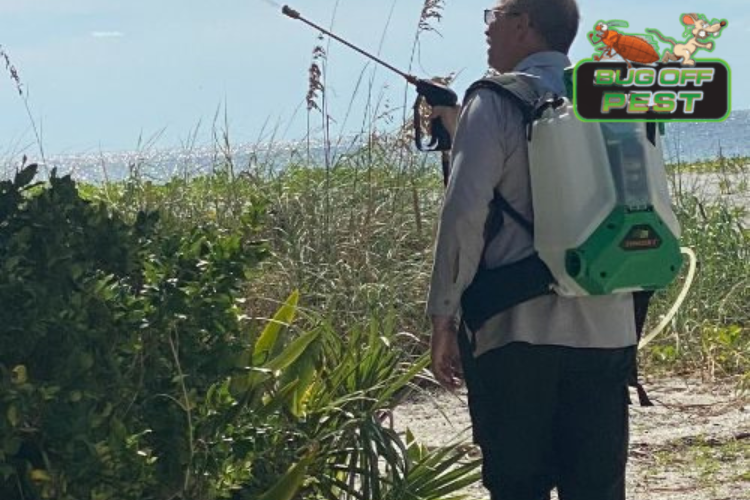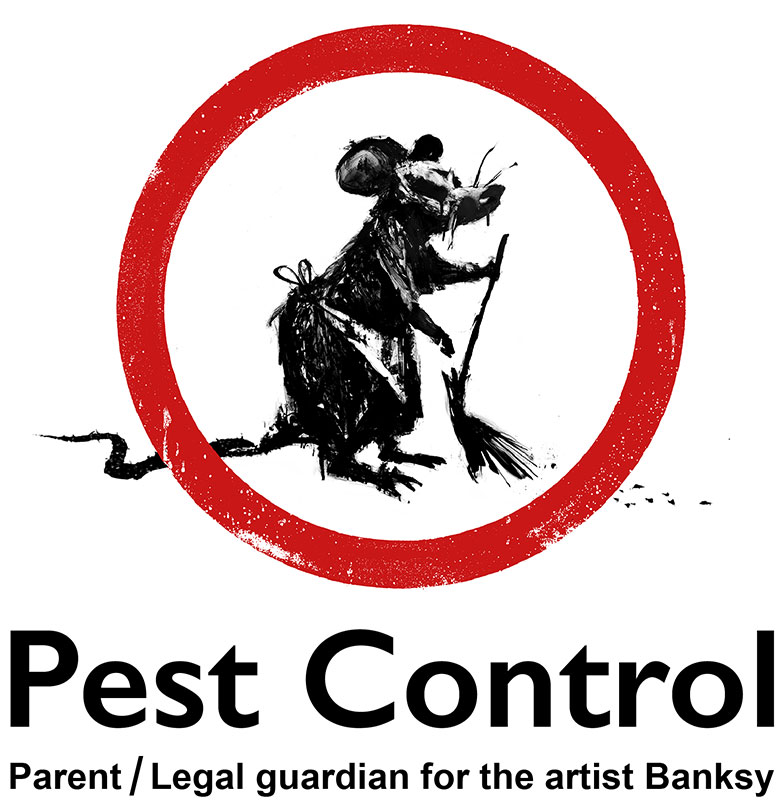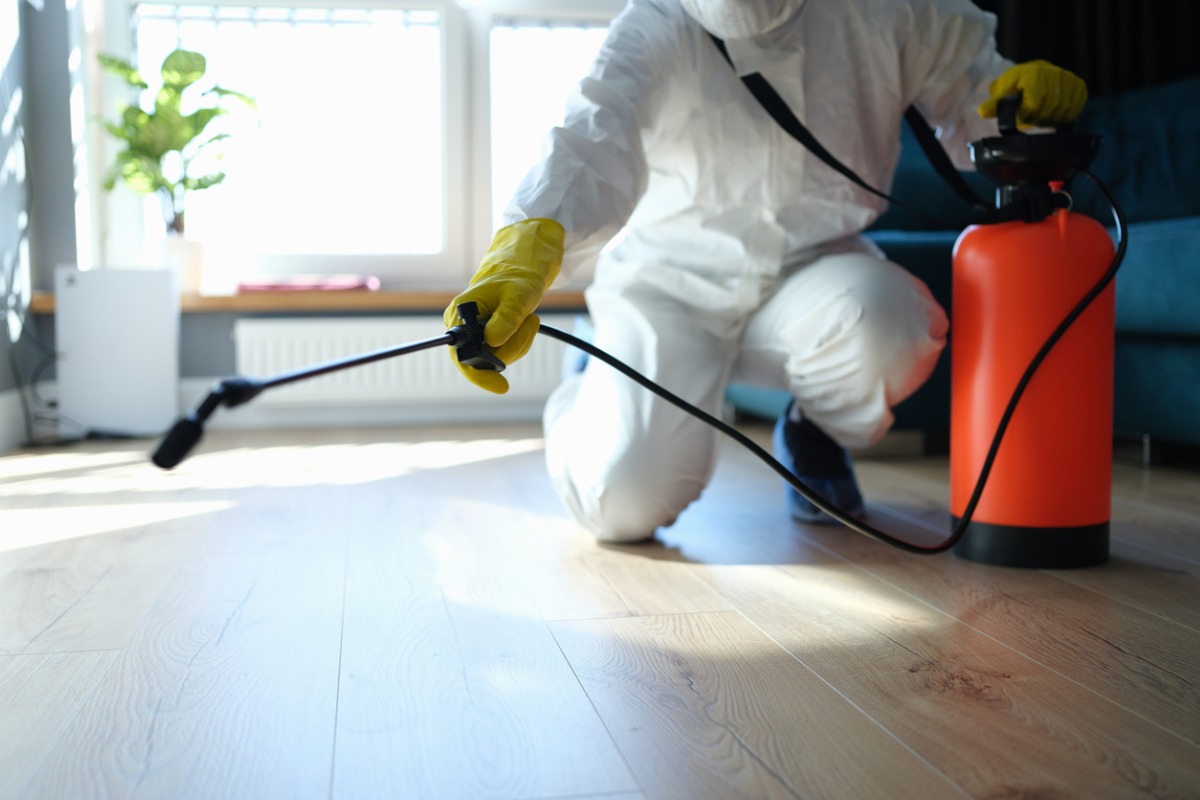Effective Termite Treatment Port Charlotte to Protect Your Property
Find Out About the Latest Breakthroughs in Pest Control and Just How to Apply Reliable Therapy Solutions
In recent years, the area of pest control has observed significant innovations, driven by the need for reliable and sustainable therapy options. Ingenious techniques such as Integrated Insect Administration (IPM) incorporate green techniques with sophisticated innovation, enhancing both efficiency and ecological obligation.
Eco-Friendly Insect Control Options
Over the last few years, the demand for environment-friendly pest control alternatives has surged as property owners and organizations alike look for lasting choices to traditional chemical therapies. This change is driven by expanding ecological understanding and a desire to lessen the health dangers connected with synthetic chemicals.

Eco-friendly parasite control approaches include a series of strategies that focus on the usage of all-natural substances and practices. Integrated Parasite Administration (IPM) is one such technique, combining biological, social, and mechanical tactics to take care of pest populations while lowering reliance on chemicals (Wildlife removal services). This holistic technique highlights avoidance via environment manipulation and the introduction of all-natural predators, therefore cultivating a well balanced ecosystem
Another prominent choice is using agricultural pesticides originated from plants, which have a tendency to be less damaging to non-target organisms. Products like neem oil and diatomaceous planet have gained grip for their performance in controlling insects while positioning minimal dangers to human health and wellness and the environment.
Additionally, exclusion techniques, such as securing access points and preserving cleanliness, play an important role in environmentally friendly parasite management. By taking on these lasting techniques, companies and people can properly handle pests while advertising a much healthier planet for future generations.
Smart Technology in Pest Management
Technology is improving the landscape of insect monitoring, with smart modern technology emerging as a crucial force in enhancing performance and efficiency - Wildlife removal services. The assimilation of Web of Points (IoT) devices, man-made knowledge (AI), and data analytics is reinventing exactly how bug control professionals come close to problems
Smart catches geared up with sensors can identify parasite task in real-time, sending out prompt alerts to drivers. This enables timely responses, reducing damage and decreasing the requirement for extensive treatments. Additionally, AI algorithms assess historical data to predict pest behavior, making it possible for aggressive interventions based upon ecological conditions and invasion patterns.
Drones and computerized cars are likewise playing a considerable role in insect monitoring, providing airborne assessments of large areas, recognizing hotspots, and even distributing targeted treatments. These modern technologies not only improve operations yet likewise improve safety by limiting human direct exposure to potentially harmful chemicals.
Furthermore, mobile applications equip customers to keep track of insect activity and accessibility professional advice, fostering a collaborative strategy to pest management. In general, the adoption of clever technology is setting a new standard in pest control, highlighting data-driven choices and sustainable practices that inevitably profit both homeowners and specialists alike.
Integrated Parasite Monitoring Approaches
Integrated Insect Management (IPM) uses an all natural method to pest control, combining different techniques to properly manage insect populaces while decreasing dangers to human health and the environment. IPM focuses on recognizing the pest life cycle, their all-natural enemies, and the ecological community in which they flourish.
Among the basic parts of IPM is keeping an eye on pest populations via regular evaluations and information collection. This permits the recognition of insect thresholds, establishing when intervention is needed. Social practices, such as crop hygiene, rotation, and habitat control, are crucial in reducing pest occurrence and advertising plant wellness.
Mechanical controls, consisting of catches and barriers, are also vital in IPM. These methods can literally remove or hinder pests without using chemicals. When essential, the cautious application of chemical controls is used, focusing on targeted treatments that decrease environmental influence.
Education and learning and partnership amongst stakeholders, including farmers, bug control experts, and the area, are important for the successful execution of IPM approaches. By focusing on sustainable techniques, IPM not just addresses pest concerns but also fosters a much pop over here healthier environment.
Biological Control Methods
Countless biological control techniques are progressively recognized for their effectiveness in taking care of parasite populations while promoting environmental balance. These techniques harness natural killers, bloodsuckers, and microorganisms to reduce pest numbers without depending on synthetic chemicals. The intro of ladybugs can effectively manage aphid populations, while nematodes target soil-dwelling bug larvae.
Additionally, the use of microbial pesticides, such as Bacillus thuringiensis (Bt), gives an eco friendly alternative for managing caterpillar insects. These products especially target pest types, minimizing harm to beneficial pests and pollinators. Additionally, conservation biological control highlights enhancing environments for natural adversaries, such as birds and advantageous pests, therefore motivating their presence in agricultural systems.
Study proceeds to expose ingenious strategies within this area, such as making use of scents to disrupt pest breeding patterns or the growth of biocontrol agents with genetic modification. Implementing these approaches can result in sustainable insect monitoring practices that reduce the reliance on chemical interventions, eventually cultivating much healthier ecosystems. As understanding of these methods grows, they are becoming indispensable components of integrated parasite management (IPM) techniques, supplying a balance between efficient insect control and environmental stewardship.
DIY Insect Control Solutions
As home owners seek effective methods to deal with pest problems, do it yourself bug control options have actually obtained appeal for their accessibility and cost-effectiveness. These approaches encourage people to deal with problems using conveniently available materials and techniques, often without the requirement for professional intervention.

Additionally, maintaining correct cleanliness and regular inspections can prevent parasite access and nesting (Wildlife removal services). Basic practices, such as securing fractures, removing food sources, and decluttering, can considerably diminish parasite populations. home pest control products Traps, both homemade and readily readily available, can additionally use reliable options for tracking and controlling particular pests like rats or bugs

Conclusion
The integration of green insect control alternatives, clever innovation, and innovative monitoring techniques offers a detailed method to reliable insect management. By welcoming Integrated Insect Monitoring (IPM) and using organic control techniques, along with do it yourself solutions, lasting and responsible bug control can be achieved. These innovations not only boost the efficiency of bug administration techniques but additionally add to a much healthier environment. Applying these methods cultivates a well balanced environment while properly dealing with pest populaces.
Environmentally friendly bug control techniques encompass an array of approaches that focus on the usage of all-natural substances and techniques. Integrated Insect Monitoring (IPM) is one such strategy, combining biological, cultural, and mechanical methods to manage pest populations while lowering dependence on chemicals. As awareness of these techniques grows, they are ending up being important elements useful source of incorporated pest management (IPM) techniques, providing a balance between effective insect control and ecological stewardship.
The combination of green parasite control alternatives, clever modern technology, and cutting-edge administration techniques presents an extensive approach to reliable bug administration. By embracing Integrated Pest Monitoring (IPM) and using biological control approaches, together with DIY solutions, responsible and lasting bug control can be accomplished.